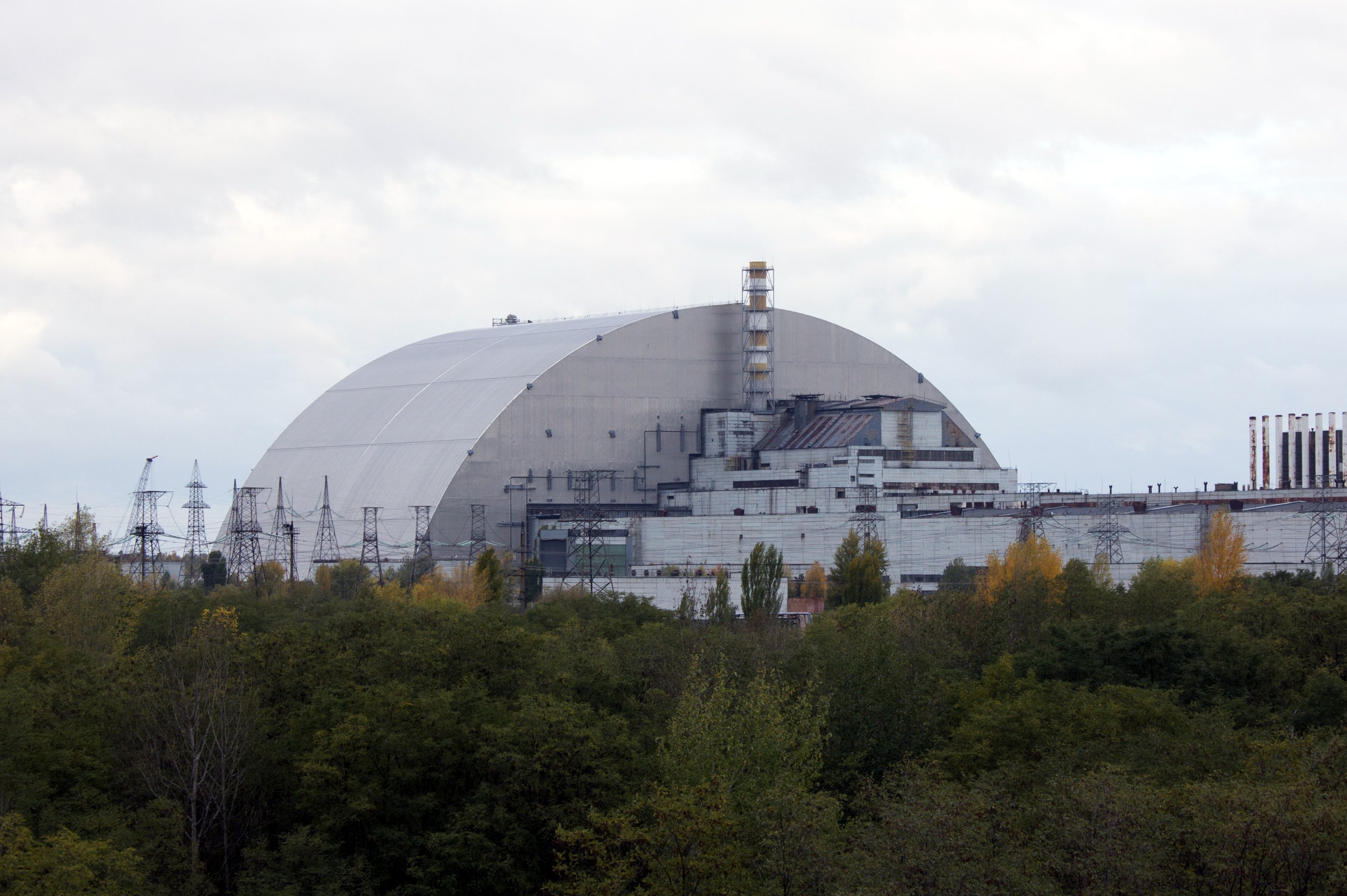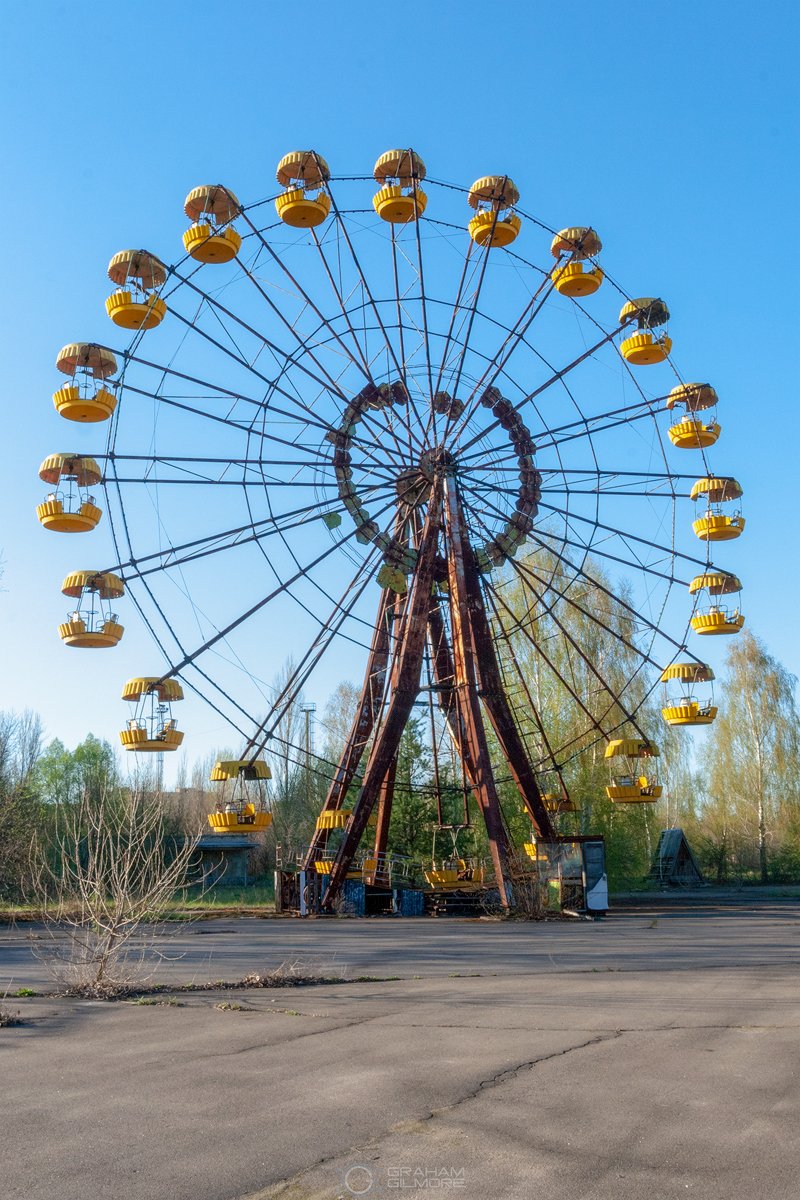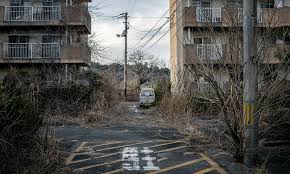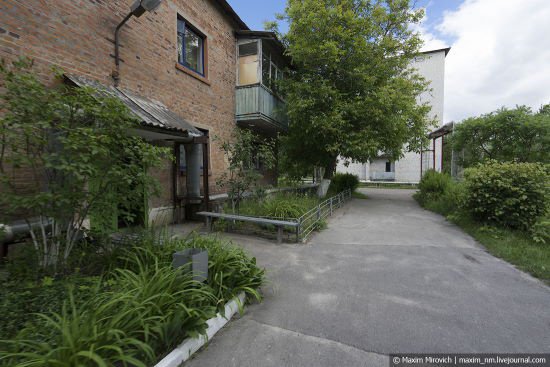
The abandoned city of Pripyat, frozen in time since the 1986 disaster
Introduction: Chernobyl's Shift from Disaster Site to Travel Destination
Once the epicenter of the world's worst nuclear accident, Chernobyl has become an eerie yet fascinating travel destination. Since the Ukrainian government opened the Exclusion Zone to tourists in 2011, tens of thousands of people have visited the site each year, drawn by its haunting history, abandoned buildings, and growing place in pop culture.
Is It Safe to Visit Chernobyl Today?
Yes—when done responsibly and through a licensed tour operator. Radiation levels in most tourist-accessible areas are comparable to a transatlantic flight or dental X-ray. Guides use Geiger counters and follow established safety protocols to ensure minimal exposure.
Key safety tips:
- Only enter with a licensed guide.
- No touching or removing objects.
- Wear closed shoes and long sleeves.
- Avoid sitting or placing bags on the ground.
What You Can See on a Chernobyl Tour
Most tours start in Kyiv and include:
- Pripyat Ghost Town – once home to 50,000 people, now frozen in time.
- Reactor No. 4 and the New Safe Confinement – the site of the 1986 explosion.
- Duga Radar Array – a massive Soviet over-the-horizon radar system.
- Abandoned schools, hospitals, amusement parks, and housing blocks.
- Wildlife sightings – wolves, foxes, boars, and even bison now roam freely.

The New Safe Confinement structure covering the damaged Reactor No. 4
Recommended Tour Operators (as of 2025)
These licensed companies specialize in Chernobyl tourism and follow current safety guidelines:
- SoloEast Travel – One of the first companies to offer regular Chernobyl tours.
- Chernobyl Tour – Official partner of the Exclusion Zone Authority.
- Gamma Travel – Offers photo expeditions and custom overnight tours.
- Go2Chernobyl – Budget-friendly options with English-speaking guides.
Note: Always verify the current status of these operators due to regional safety conditions.
Regulations and Requirements (2025 Update)
- Passport required (must be submitted at least 10 days in advance).
- Minimum age: 18 years.
- Ukrainian government permit required (handled by the tour agency).
- Current status: Some areas may be restricted due to ongoing safety or military concerns. Check travel advisories.
Why People Visit: Dark Tourism, History, and Curiosity
Visitors are drawn to Chernobyl for different reasons—some are fascinated by nuclear history, others seek the photographic beauty of decay, and many feel the weight of the human stories behind the tragedy.

The iconic abandoned ferris wheel in Pripyat's amusement park
Closing Thoughts: A Journey into the Past and Future
Visiting Chernobyl is unlike any other experience. It's not a theme park, but a place of remembrance, science, and resilience. With proper respect and planning, it's an unforgettable, sobering window into a moment that changed the world.
Frequently Asked Questions
Is it safe to visit the Chernobyl Exclusion Zone?
Yes, visiting Chernobyl is safe when done with a licensed guide. Tour routes are specifically chosen to avoid high-radiation zones and follow strict safety protocols.
What do you see on a Chernobyl tour?
Tour highlights include Pripyat ghost town, Reactor No. 4, the Duga radar, and numerous abandoned buildings and schools. Wildlife is also commonly spotted in the area.
How can I book a Chernobyl tour?
Book through a licensed tour operator such as Chernobyl Tour, SoloEast Travel, or Gamma Travel. Permits and transport from Kyiv are typically included.

